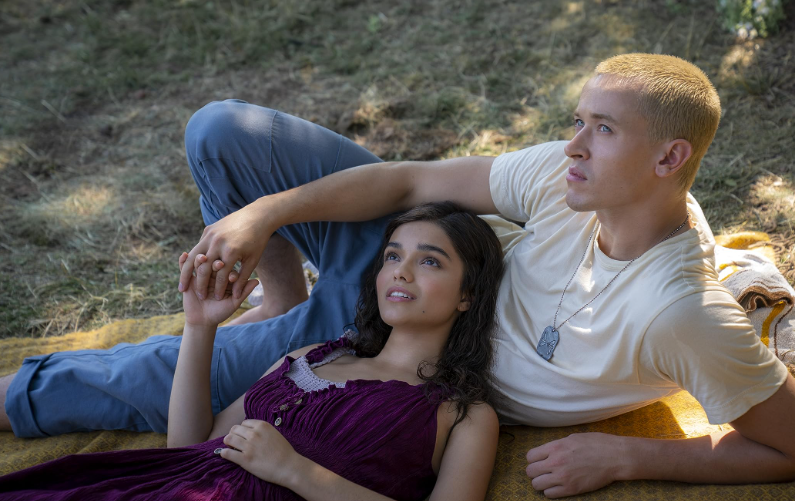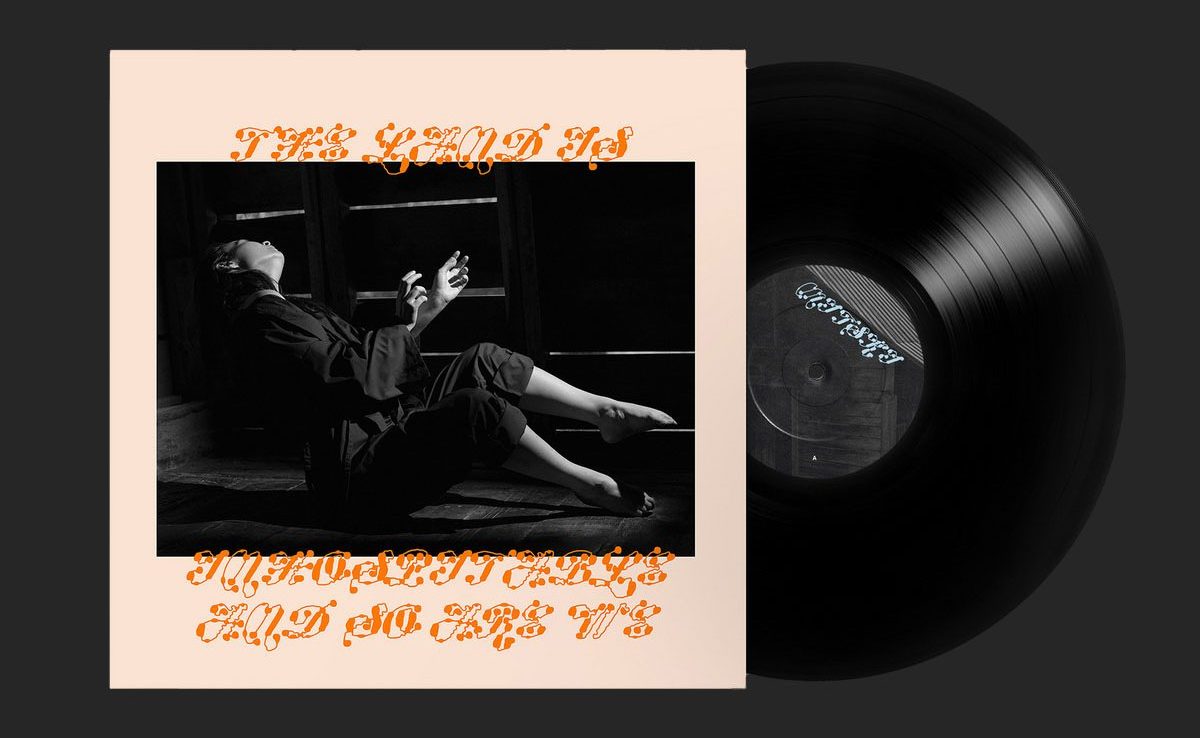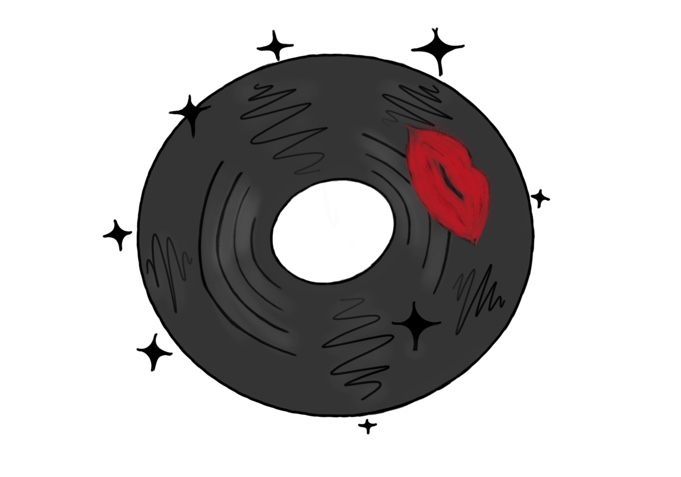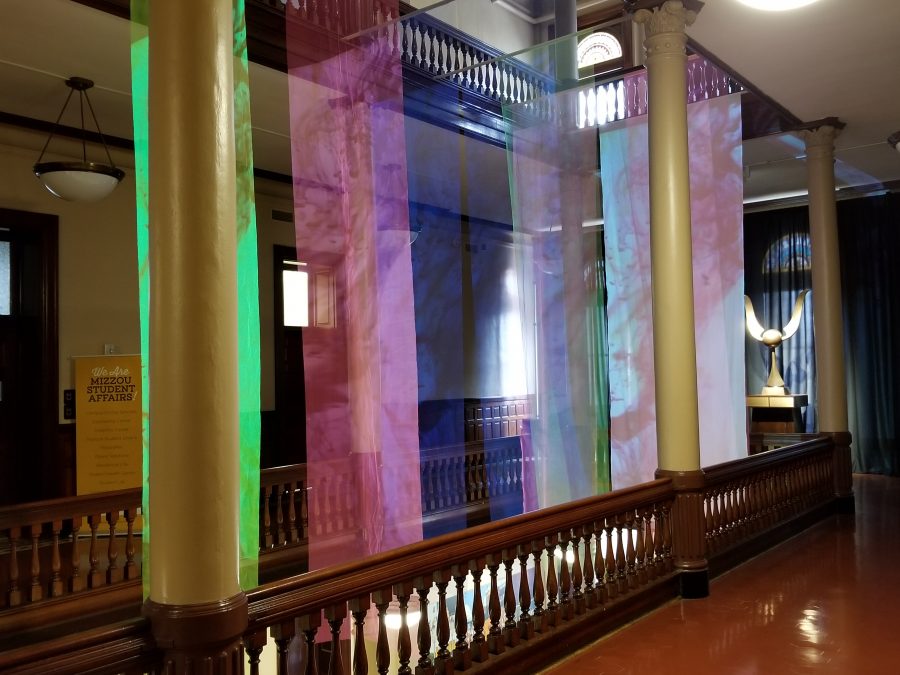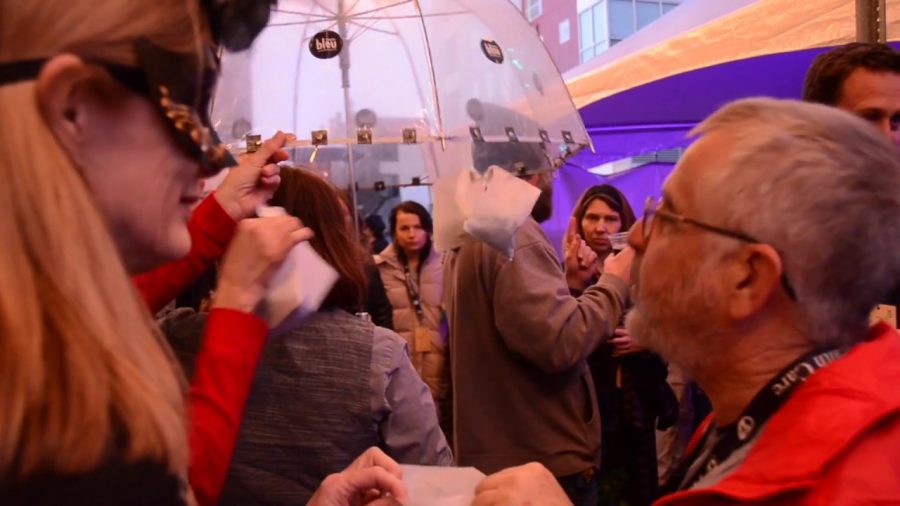
Niaqornat was like many villages, suffering from population loss. The fish factory had closed and laid off many. The children grew up and pursued higher education, in cities far away, and didn’t always come back. The population was 59 people. Only one woman knew how to drive a car. Only one man knew English. The schoolhouse had eight pupils.
A man wearing a pelt-coat also donned a Billabong fitted cap. A boy wearing iPod earphones, and jamming out to hip-hop music, cheered for the hunters who came back with a polar bear.
And while some might classify these things as oxymoronic, this film didn’t.
The village still had graffiti. Everyone knew the word Google. Lars Kruse, a 16-year-old who worked at the village’s store, had a room full of posters of Zac Effron and Avril Lavigne. And the people, like everyone everywhere does, spent most of their days thinking about how to impress the opposite sex.
And why shouldn’t they? Even a village at the end of the world is still part of it.
This film touched on many subjects, on global warming, suicide rates in Greenland’s villages, spirits and superstition, hunting and resources, business and co-ops, life, death and all of it’s moments in between.
This story could have been told so many ways. It could have been dramatized or alien-ized or nature-itized. But it wasn’t. Because it told the truer story of a village who worked to keep their home alive. They even bought the fish factory from the company, and re-employed their people.
This film was fantastic, but not because of the long beautiful shots of the too-blue mountains and the frozen sea, or the emotional attachment you felt to the sewage collector or even the success of the village’s story. It was because of the way it was told.
It told the story of the early morning cigarette breaks and the frustrating silence of the winter season. It showed the blood-stained snow after a successful hunt, and the happy faces it brought. The moments — from musical chairs to sled dogs howling — felt homey, and accessible.
Even at the end of the world, Gavron made a film that felt right at home. Unique, heartbreaking at times, thrilling at others, but mostly – and most beautifully – homey.
The village, as Gavron said, “was a village full of hope.” I, too, was filled with hope by this film. The people of Niaqornat raise their eyebrows to indicate the answer “yes,” so I, instead of two thumbs up – will raise my eyebrows.
Check out this movie at tomorrow, for it’s last T/F showing, at the Big Rag Tag at 10:30 a.m. Watch the trailer here.
By: Maria Kalaitzandonakes













































































